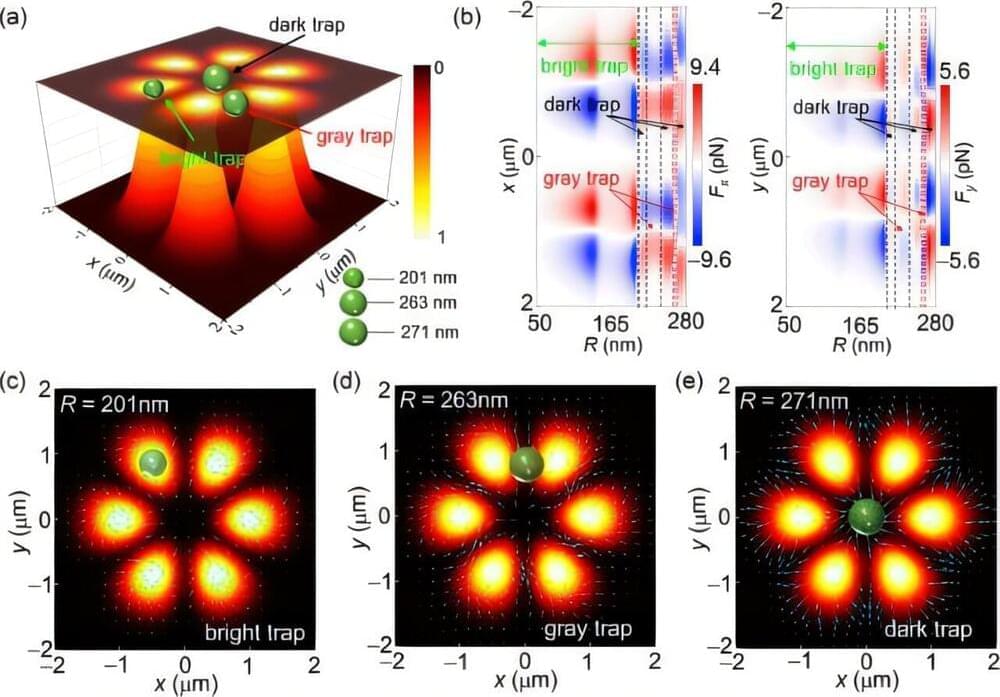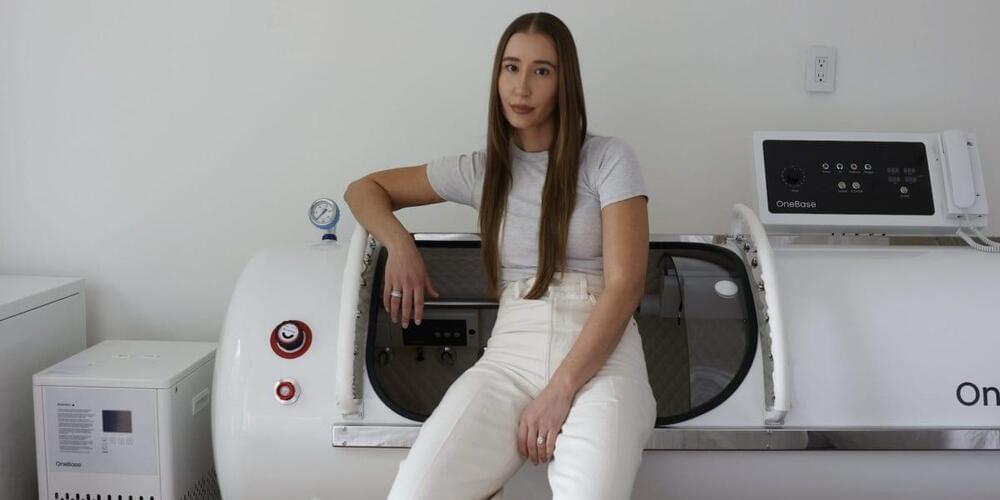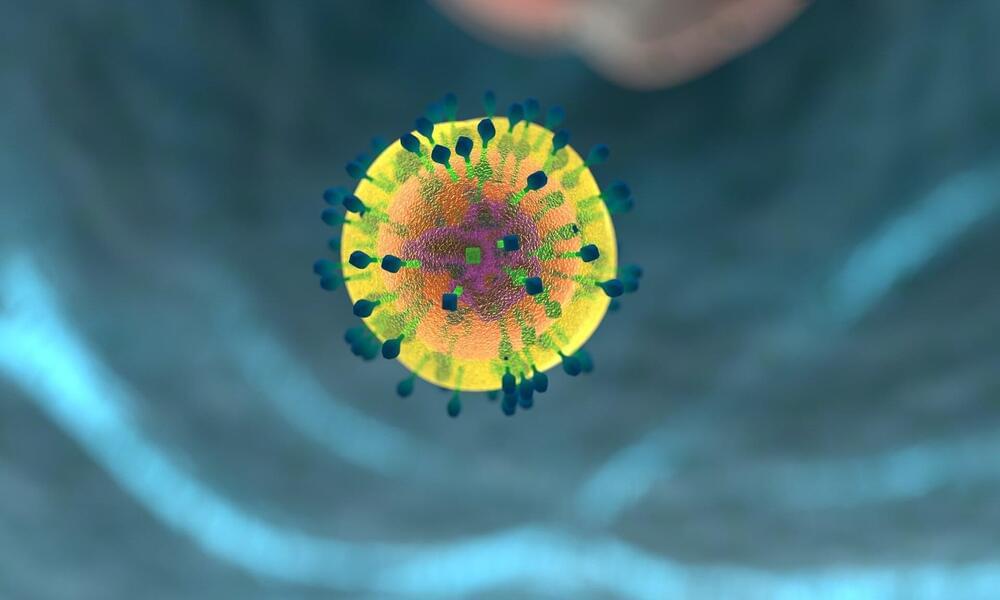A research group led by Prof. Yao Baoli and Dr. Xu Xiaohao from Xi’an Institute of Optics and Precision Mechanics (XIOPM) of the Chinese Academy of Sciences have revealed a full-gray optical trap in structured light, which is able to capture nanoparticles but appears at the region where the intensity is neither maximized nor minimized. The study is published in Physical Review A.
The optical trap is one of the greatest findings in optics and photonics. Since the pioneering work by Arthur Ashkin in the 1970s, the optical trap has been employed in a broad range of applications in life sciences, physics, and engineering. Akin to its thermal and acoustic counterparts, this trap is typically either bright or dark, located at the field intensity maxima or minima.
In this study, researchers developed a high-order multipole model for gradient forces based on multipole expansion theory. Through immersing the Si particles in the structured light with a petal-shaped field, they found that the high-order multipole gradient forces can trap Si particles at the optical intensity, which is neither maximized nor minimized.






